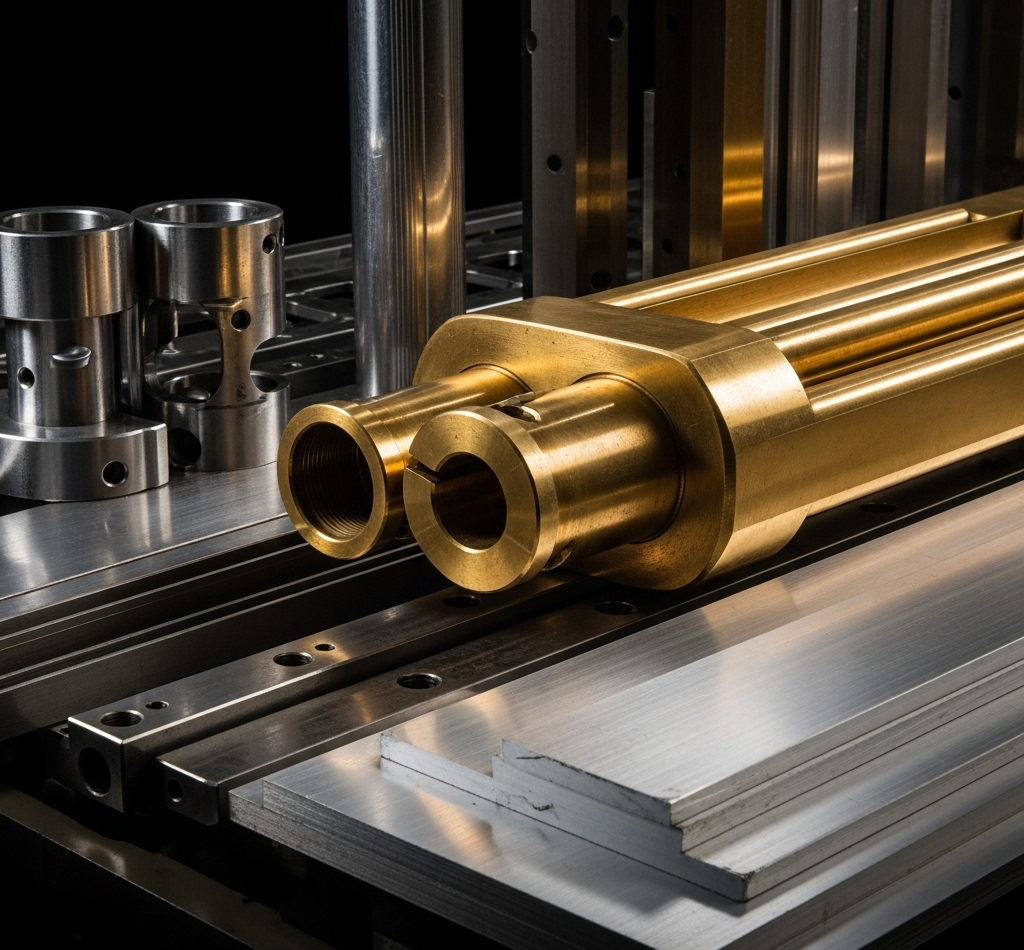
Procurement in fabricated metals manufacturing is a critical function that directly impacts production efficiency, cost management, and product quality. This industry, which includes processes like cutting, bending, and assembling metal components for products ranging from automotive parts to industrial machinery, relies heavily on a well-optimized procurement strategy. Below, we explore key strategies, challenges, and emerging trends shaping procurement in this sector.
Supplier Relationship Management (SRM)
Building strong, long-term relationships with suppliers ensures a reliable supply chain. Manufacturers can collaborate with suppliers to negotiate better pricing, ensure consistent quality, and secure priority during material shortages. Regular performance reviews and open communication help align supplier capabilities with manufacturing needs.
Just-in-Time (JIT) Inventory
To minimize inventory costs and reduce waste, many manufacturers adopt JIT procurement. This strategy involves ordering raw materials like steel, aluminum, or alloys only when needed for production. While effective, it requires precise demand forecasting and dependable suppliers to avoid production delays.
Strategic Sourcing
Identifying and partnering with suppliers offering the best value—balancing cost, quality, and delivery timelines—is essential. Manufacturers often diversify their supplier base across regions to mitigate risks from geopolitical issues or market fluctuations. Strategic sourcing also involves leveraging bulk purchasing for cost savings.
Technology Integration
Digital tools like Enterprise Resource Planning (ERP) systems and procurement software like Lasso streamline purchasing processes. These platforms provide real-time data on inventory levels, supplier performance, and market prices, enabling data-driven decisions.
Raw Material Price Volatility
The fabricated metals industry is highly sensitive to fluctuations in metal prices, driven by global demand, trade policies, and supply chain disruptions. For example, steel and aluminum prices can spike due to tariffs or mining constraints, impacting production costs.
Supply Chain Disruptions
Global events like pandemics, geopolitical tensions, or natural disasters can disrupt the supply of critical raw materials. Manufacturers must navigate delays, port congestion, or shortages, which can halt production lines.
Quality Control
Ensuring raw materials meet stringent specifications is a constant challenge. Substandard materials can lead to defective products, costly rework, or safety issues. Rigorous supplier audits and quality assurance processes are necessary but resource-intensive.
Sustainability Pressures
Increasing demand for environmentally responsible practices puts pressure on manufacturers to source sustainable materials, such as recycled metals, and work with suppliers adhering to green standards. Balancing sustainability with cost is a complex challenge.
Digital Transformation
The adoption of Industry 4.0 technologies, such as artificial intelligence (AI) and the Internet of Things (IoT), is revolutionizing procurement. AI can predict material demand and optimize supplier selection, while IoT-enabled sensors track inventory in real time, reducing overstocking or shortages.
Sustainable Procurement
Manufacturers are prioritizing suppliers with eco-friendly practices, such as those using renewable energy or recycling scrap metal. Certifications like ISO 14001 (environmental management) are becoming key criteria in supplier selection.
Localization of Supply Chains
To reduce reliance on global suppliers and mitigate risks from international disruptions, many manufacturers are shifting toward regional or local sourcing. This trend, often called “nearshoring,” enhances supply chain resilience.
Blockchain for Transparency
Blockchain technology is gaining traction for its ability to provide end-to-end visibility in the supply chain. It ensures traceability of raw materials, verifies supplier credentials, and reduces the risk of fraud, which is particularly valuable for high-value metals.
Procurement in fabricated metals manufacturing is a dynamic and complex process that requires strategic planning, adaptability, and innovation. By leveraging strong supplier relationships, advanced technologies, and sustainable practices, manufacturers can overcome challenges like price volatility and supply chain disruptions. Staying ahead of trends such as digital transformation and localization will be critical for maintaining a competitive edge in this evolving industry. As the sector continues to embrace new technologies and sustainability, procurement professionals must remain agile to drive efficiency and resilience in the supply chain.
© 2025 Lasso Supply Chain Software LLC
Get instant access to our report on the Top Procurement Trends of 2025 by filling out the form below.

Get instant access to our report on the Top Procurement Trends of 2025.